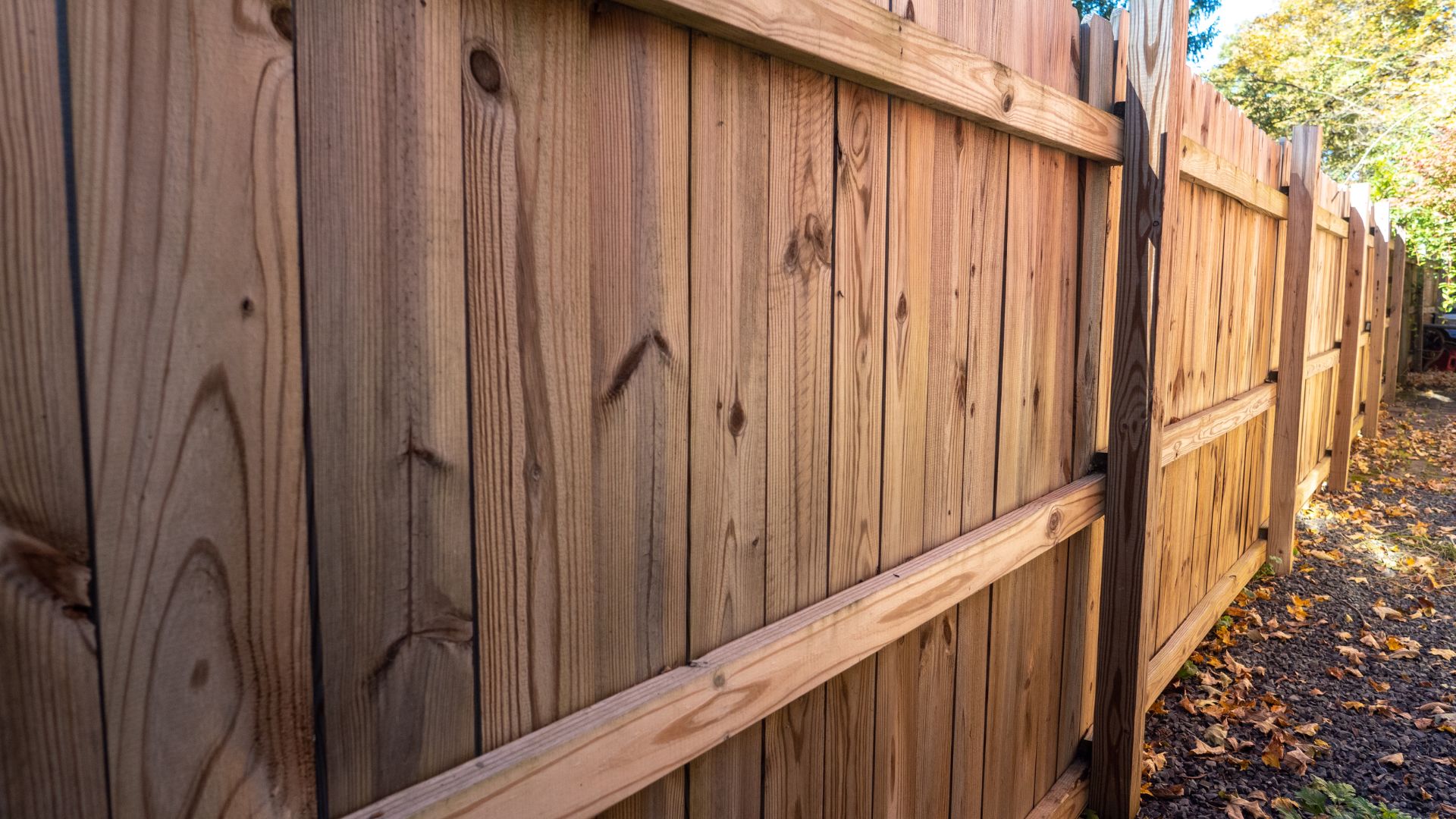Timber fencing is a popular choice for many homeowners, thanks to its natural look and durability. However, one aspect of timber fencing that is often overlooked is its sustainability. Timber fencing is an eco-friendly fencing option that offers a range of benefits for both homeowners and the planet. In this article, we explore the sustainability of timber fencing and its environmental benefits.
What is Sustainable Timber Fencing?
Sustainable timber fencing is made from wood that has been harvested responsibly, ensuring that the forests are managed in an environmentally friendly and socially responsible manner. This means that the forests are not over-harvested, and the trees are replanted or allowed to regenerate naturally, ensuring that the forests are not depleted.
Environmental Benefits of Timber Fencing
Carbon Storage
Trees absorb carbon dioxide from the atmosphere during their growth, storing it in their wood. This means that using timber fencing can help to reduce the levels of carbon dioxide in the atmosphere, which is a major contributor to climate change. In fact, one cubic metre of timber can store up to one tonne of carbon dioxide.
Renewable Resource
Timber is a renewable resource that can be replenished by planting new trees. This means that using timber fencing can help to reduce our reliance on non-renewable resources such as fossil fuels, which are becoming increasingly scarce.
Energy Efficient
The production of timber fencing requires less energy compared to other building materials such as concrete or steel. This means that using timber fencing can help to reduce our carbon footprint and energy consumption, making it a more sustainable option.
Biodegradable
Timber is biodegradable, which means that it can break down naturally over time without harming the environment. This is in contrast to other building materials such as plastic or metal, which can take hundreds of years to decompose.
Low Embodied Energy
Embodied energy refers to the amount of energy required to produce a building material. Timber has a low embodied energy, meaning that it requires less energy to produce compared to other building materials. This makes it a more sustainable option as it helps to reduce our overall energy consumption.
Local Production
Timber fencing can be produced locally, reducing the need for transportation and associated greenhouse gas emissions. This also helps to support local economies and communities.
Choose Sustainable Timber Fencing with Cranbourne Fencing
At Cranbourne Fencing, we believe in the importance of sustainable timber fencing. We source our timber from responsibly managed forests, ensuring that our products are environmentally friendly and socially responsible. Our team of experienced fencing contractors can provide a range of timber fencing options, including treated pine, hardwood, and merbau.
We also offer a range of other fencing services, including fence repairs, installation, and maintenance. Our team is committed to delivering high-quality workmanship and customer satisfaction. If you’re looking for a sustainable fencing option, contact us today for a free estimate. Let our expert fencers help you choose a timber fence that’s not only beautiful and durable but also environmentally friendly.

